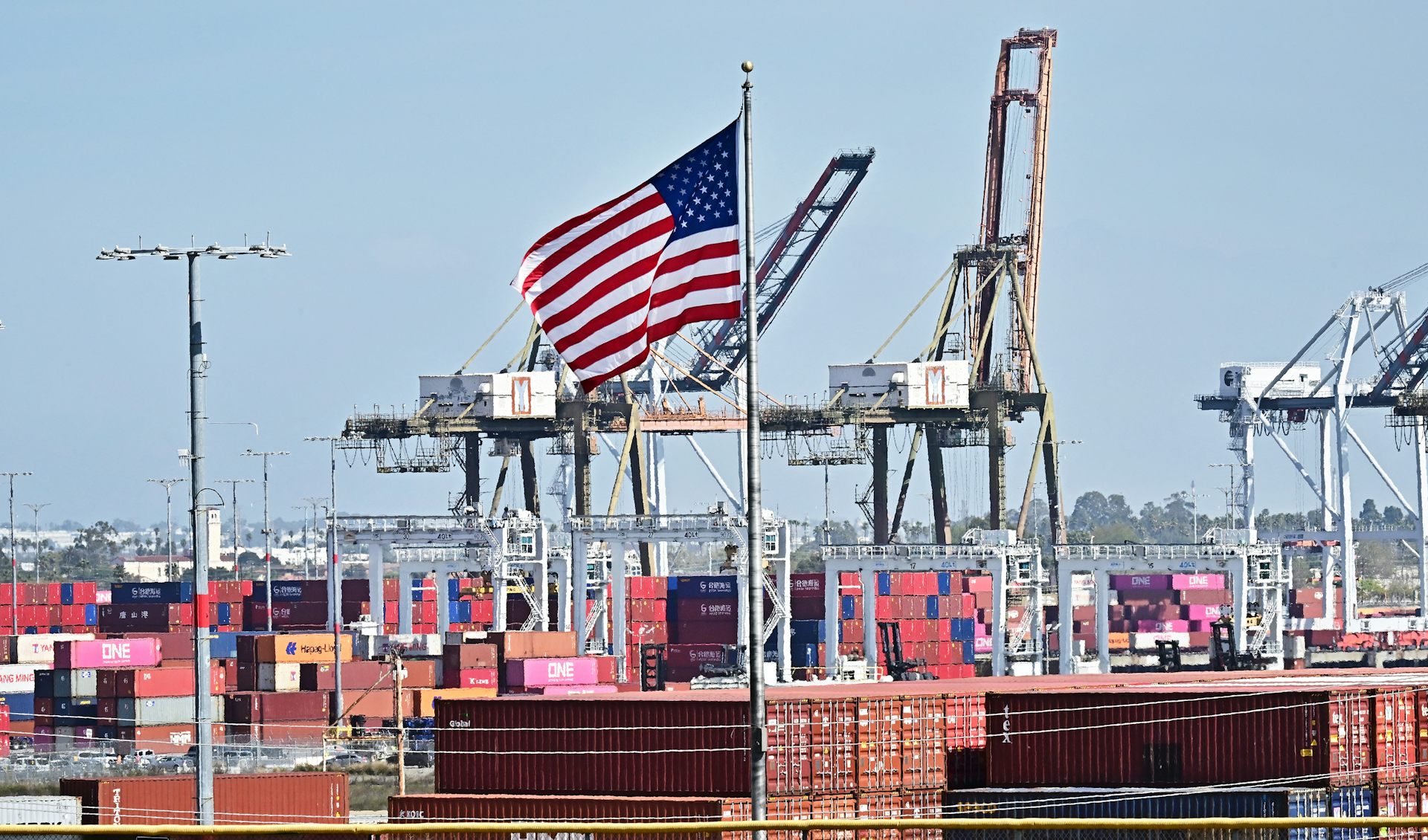Supreme Court’s one-sentence order closes the door to Catholic charter school – but leaves it open f
An education law professor unpacks what the Supreme Court’s 4-4 order does and doesn’t say.

The saga over St. Isidore of Seville, which hoped to become the nation’s first religious charter school, has come to a surprising end – for now.
In April 2025, Supreme Court justices heard arguments in the case from Oklahoma, which dealt with how to interpret the First Amendment’s religion clauses. Proponents argued that prohibiting local public school boards from contracting with a faith-based organization would be unconstitutional because it hinders “free exercise” of religion. Critics warned a faith-based charter would be an unconstitutional breach of the “establishment clause,” which forbids the government from establishing an official religion or promoting particular faiths over others.
Both sides anticipated a pivotal ruling. However, in an anticlimatic outcome, the Supreme Court issued a brief order May 22, 2025. The 4-4 outcome leaves a lower court judgment in place that prevented St. Isidore’s from opening – but did not explain why.
The Conversation U.S. asked Charles Russo, who teaches education law at the University of Dayton, to walk us through what happened.
What does the order do?
On its face, the Supreme Court’s terse, one-sentence opinion means that Oklahoma cannot presently create and fund a Roman Catholic charter school – an online K-12 institution.
However, because the Supreme Court did not address the underlying merits of the claim, it arguably leaves the door open to similar challenges in Oklahoma and elsewhere.
Two items stand out as unusual here.
First, the justices issued what is called a “per curiam” opinion, which means “by the court.” These opinions are unsigned, without any dissents – an unexpected outcome for such an important topic. Justices Samuel Alito and Clarence Thomas have defended religious freedom vociferously under both the establishment and free exercise clauses, including in education. So, it would have been insightful to read their arguments about why the creation of St. Isidore would be permissible under the Establishment Clause.
Second, Justice Amy Coney Barrett recused herself from the case, without offering a reason. Many court observers suggested she did so due to her friendships with legal scholars at Notre Dame who were involved in St. Isidore’s defense.
Was this the expected outcome?
Based on oral arguments, it was going to be a close call involving the eight justices. On the one hand, Alito and Thomas seemed to find St. Isidore’s argument persuasive, as did Justices Neil Gorsuch and Brett Kavanaugh. Conversely, Justices Elena Kagan, Sonia Sotomayor and Ketanji Brown Jackson appeared skeptical.
The wild card, so to speak, was Chief Justice John Roberts, author of the court’s three most recent opinions supporting government aid to religious schools. The first of these cases allowed assistance to enhance playground safety in a Missouri preschool facility. The second held that it was constitutional for parents sending their children to faith-based institutions to participate in Montana’s educational tax credit program. The most recent ruled that Maine’s tuition assistance to parents in districts lacking public secondary schools can be used at religious institutions.
During oral arguments, Roberts observed that St. Isidore’s creation seems like “much more comprehensive [state] involvement” with a religious organization, compared with the previous cases expanding aid to faith-based schools. His comment left the door open to speculation over how he might vote – though, of course, because this was an unsigned opinion, we do not know.
The Oklahoma case is part of a broader push to allow more government aid to go to religious schools. Is this much of a setback for that movement?
At this point, supporters of St. Isidore are likely left without options. The state’s own Supreme Court ruling – left in place by the U.S. Supreme Court – was grounded in both its own and the federal constitutions.
However, the movement to allow more government funding toward religious education continues. While the dispute over St. Isidore attempted to let Oklahoma, and perhaps other states, directly fund faith-based schools, this part of the school-choice movement has had more success with indirect forms of funding, like vouchers and tax credits.
At least 17 states have already adopted various universal school choice laws, meaning families who send their children to private religious schools are eligible for such programs. Most recently, on May 3, 2025, Gov. Greg Abbott of Texas signed the nation’s largest school voucher program law into effect. The law, which sets aside US$1 billion in funding for the 2026-2027 academic year, allows parents up to about $10,500 to pay for tuition and school-related expenses at accredited non-public schools, including faith-based ones. Parents of children with disabilities can receive up to $30,000.
At the federal level, supporters of a school choice bill promoting vouchers for non-public schools introduced a bill in the House of Representatives in May 2025.
In sum, a key question remains over the meaning of the dispute concerning St. Isidore. There are two possible interpretations. First, the case may signal an end to the court’s expanding aid to parents and students under the Establishment Clause. Second, it seems the justices were hesitant to allow funding to create what would have been the nation’s first-ever charter school under the control of religious officials. Round 1 is over, but there’s likely more to come.
Charles J. Russo does not work for, consult, own shares in or receive funding from any company or organization that would benefit from this article, and has disclosed no relevant affiliations beyond their academic appointment.
Read These Next
Polytechnic universities focus on practical, career-oriented skills, offering an alternative to trad
Polytechnic universities try to incorporate skills-based learning into education.
The Ivies can weather the Trump administration’s research cuts – it’s the nation’s public universiti
While headlines focus on Harvard and Columbia, state universities train far more STEM students, power…
Tariffs 101: What they are, who pays them, and why they matter now
Tariffs are taxes on imports, but the costs don’t stay at the border.






